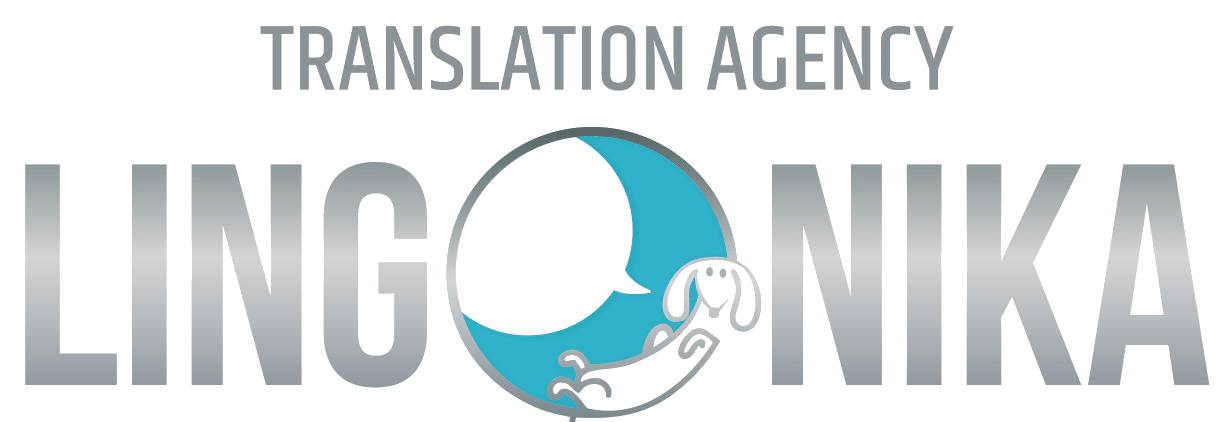What is MTPE?
MTPE stands for machine translation post-editing, which is the modification and correction process of a translation that has been machine-translated to improve the output. This process is performed by a human translator.

It is a necessary process that has to be carried out by a human translator to achieve the same level of output quality as a human translation.
In 2017, MTPE was awarded ISO classification.
What does human post-editing involve?
When a human translator post-edits a machine-translated text, they check for different types of errors that machine translation can generate. These errors typically include:
- Spelling and grammar mistakes
- Omitted words
- Inappropriate/offensive language
- Terminology errors
- Syntax issues
- Writing style
- Proper nouns translated
- Mishandling of variables
In MTPE, a human translator’s role is to correct mistakes, omissions, incorrect cultural references or subtleties, such as humour that machine translation often misses.
A common error in MTPE is the mistranslation or poor handling of variables such as names, places, etc. A human translator’s eye is essential in MTPE to spot and correct machine-translated variables.
What are the benefits of MTPE?
There are many benefits as it perfectly combines lightning-fast machine translation with the skilful, experienced eye and understanding of a human translator so that the result is a natural, fluent translation that accurately and faithfully represents the source text.
One of the main benefits of machine translation post-editing is, of course, time–saving. A human translator can translate around 3000 words a day, while machine translation can translate several thousands of words in a matter of minutes.
The time saved by MTPE is particularly beneficial for projects that involve a high volume of words and a very tight deadline, especially when the client wants to get a product out into the marketplace quickly to start generating revenue.
Another clear benefit of machine translation post-editing is the cost–saving for the client. With MTPE, a human translator will spend less time translating the text; this results in a highly cost-effective solution for the end client.
As MTPE takes care of the translation in a matter of minutes, the translator can spend time editing alone. Conversely, a translator would have to allow and charge for translation and editing time without the intervention of machine translation.
With MTPE, a new product can enter the marketplace quickly with a high level of quality that protects the company’s reputation and keeps translation costs down.
Another benefit of MTPE is that client-specific translation memories can be integrated and trained to evolve and improve over time. Clients who regularly require their documentation translated profit from long-term cost-saving because the translator spends less time translating.
MTPE | Human | Benefit |
| Translates 1000s of words in minutes | Translates approx. 3000 words/day | Time-saving |
| The cost is mainly for editing | Charges for translation and editing | Cost-saving |
| Translation market-ready sooner | Longer lead time for the translation | Product marketed sooner |
| Integrated & trained client TMs | Has to integrate and update | Long-term cost- and saving |
BENEFITS OF MTPE VS. A HUMAN TRANSLATOR
Which text types are most suitable for MTPE?
It is always important to consider the purpose of the text. Technical manuals are particularly suitable for MTPE as style is less important, and they are often repetitive.
On the other hand, creative texts that play with meaning, such as marketing texts, result in a lower quality output with MTPE because machines still cannot grasp meaning and nuances. These types of texts are still better translated by a human.
CTA: Contact our team today to find out how MTPE can save you time and money.
For more insights into MTPE, we recommended reading this report published by the ITI entitled ‘The use of machine translation in human translation workflows’.

